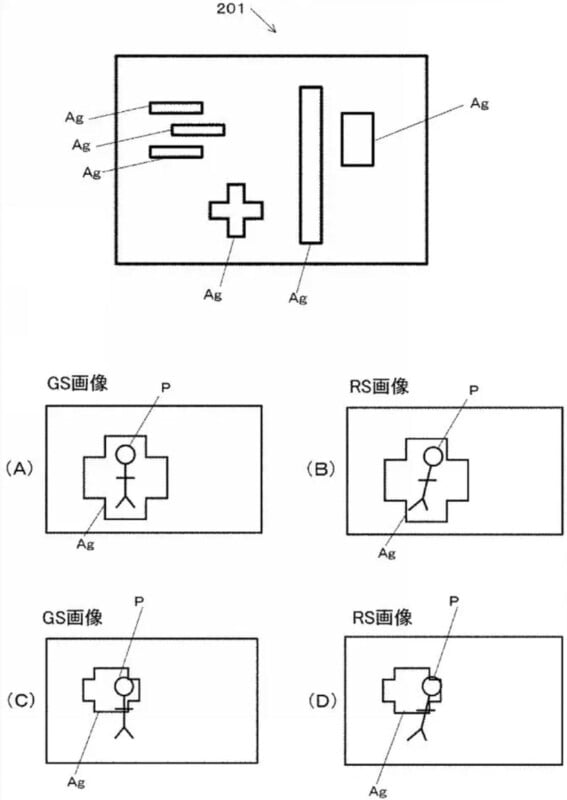Nikon’s Hybrid Sensor Patent Describes a Selective Global Shutter
![]()
Nikon applied for a revised patent in Japan for a hybrid image sensor design the company has worked on since at least 2016.
The described hybrid sensor combines rolling and global shutter technology to theoretically leverage the benefits of a global shutter without incurring the technology’s costs.
Per Asobinet, Nikon applied for its updated patent, P2024138158, on July 30, 2024, and it was granted today, October 7. This latest patent is an updated filing for P2022180382, which was built on a patent filed on June 30, 2016. PetaPixel last reported on Nikon’s hybrid sensor patent in March 2022.
Like many imaging technology patents, this one has yet to be realized in an actual camera. However, Nikon’s continued work on it after all these years gives reason for optimism. Since the original filing, global shutter technology has come a long way.
Sony recently released the first full-frame interchangeable lens mirrorless camera with a global shutter, the Sony a9 III. That camera demonstrates many benefits and downsides of global shutter technology, some of which Nikon describes in its patent application. On the one hand, because a global electronic shutter charges all photodiodes simultaneously, instead in one row at a time like a traditional rolling focal plane shutter, there is absolutely no rolling shutter distortion with a global sensor shutter. This is advantageous for both photo and video applications.
On the other hand, global shutter sensors, at least thus far, incur an image quality cost. Not only are global shutter sensors noisier, all else equal, they also exhibit reduced dynamic range compared to a comparable rolling shutter. Global shutters also require relatively more power to operate and generate additional heat, which can further exacerbate image quality issues.
Nikon’s patent application also describes how shutter types can impact autofocus operation. While there are costs associated with using a global shutter, by simultaneously reading all pixels on the image sensor, autofocus detection and tracking is improved. Nikon explains that it could make sense for a camera to utilize its global shutter for subject recognition and tracking, but the rolling shutter in other, less demanding situations.
A few years ago when Nikon updated this patent, it was still only describing its hybrid sensor in terms of autofocus performance. However, in 2022 and now in the latest filing, Nikon has made increasing reference to image quality, including the benefits (no rolling shutter) and costs (image quality degradation) of a global shutter.

The new filing goes even further, describing a hybrid image sensor where the shutter type isn’t an all-or-nothing selection. The patent describes how the global shutter technology could be applied to only a portion of the image sensor, meaning that a demanding area may utilize a global shutter while the rest of the sensor is read out traditionally using a rolling shutter. If the global shutter is beneficial for tracking a moving subject within the frame, this technology could be combined with predictive autofocus tracking to ensure that the fast-moving subject is always covered by the global shutter.
The patent application describes basic shapes for this selective global shutter area, though, such as a long rectangle (horizontal or vertical) or a cross shape. While the cross shape could cover a person in the frame, the edges of the global shutter area are not perfectly aligned with distinct subjects.
As is always the case with patent filings, Nikon may never release a hybrid sensor like the one described in its patent. However, it is easy to imagine the potential benefits of such technology. Of course, if global shutter image sensors continue to improve in terms of image quality and efficiency, the need for such a hybrid sensor may not exist for much longer.
Image credits: Nikon